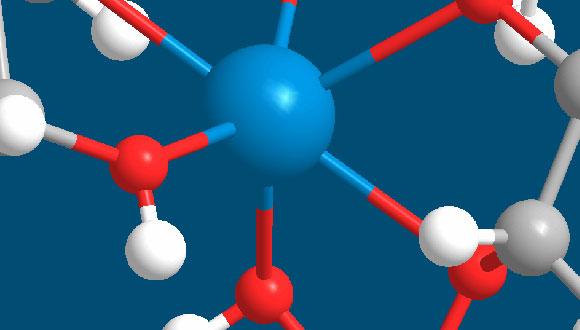Special Organic Chemistry Seminar: Electrophilic Nitrogen-Transfer Processes
Prof. László Kürti, Department of Chemistry, Rice University, USA
Abstract:
Amines and their derivatives are ubiquitous substances since they make up the overwhelming majority of drug molecules, agrochemicals as well as many compounds that are produced by plants and living organisms (i.e., natural products). Aromatic amines appear as substructures in more than one third of drug candidates. Not surprisingly, organic chemists spend a considerable amount of their time with the synthesis and late-stage functionalization of amines that serve as key chemical building blocks for the preparation of biologically active compounds, especially in medicinal chemistry. There is an urgent need for the development of novel carbon-nitrogen bond-forming methods and reagents that expand the toolbox of synthetic organic chemists and enable the environmentally friendly construction of complex molecular structures using the fewest number of chemical steps and generating the least amount waste.
Arylmetals are highly valuable carbon nucleophiles that are readily and inexpensively prepared either from aryl halides or directly from arenes and widely used on both laboratory and industrial scales to react with a wide range of electrophiles. Although C–C bond formation has been a staple of organic synthesis, the direct transfer of primary amino (–NH2) and hydroxyl (–OH) groups to arylmetals in a scalable and environmentally friendly fashion remained a formidable synthetic challenge for decades because of the absence of suitable heteroatom-transfer reagents. The Kürti lab has demonstrated the use of bench-stable N–H and N–alkyl oxaziridines derived from readily available terpenoid scaffolds as efficient multifunctional reagents for the direct primary amination and hydroxylation of structurally diverse aryl- and heteroarylmetals. This practical and scalable method provides one-step synthetic access to primary anilines and phenols at low temperature and avoids the use of transition-metal catalysts/ligands/additives, nitrogen-protecting groups, excess reagents and harsh workup conditions.
Subsequently, the Kürti group also developed the facile transfer of primary (−NH2) and secondary amino groups (−NHR) to heteroaryl- as well as arylcuprates at low temperature without the need for precious metal catalysts, ligands, excess reagents, protecting and/or directing groups. This one-pot transformation allows unprecedented functional group tolerance and it is well-suited for the amination of electron-rich, electron-deficient as well as structurally complex (hetero)arylmetals. In some of the cases, only catalytic amounts of a copper(I) salt is required
Event Organizer: Dr. Roman Dobrovetsky


